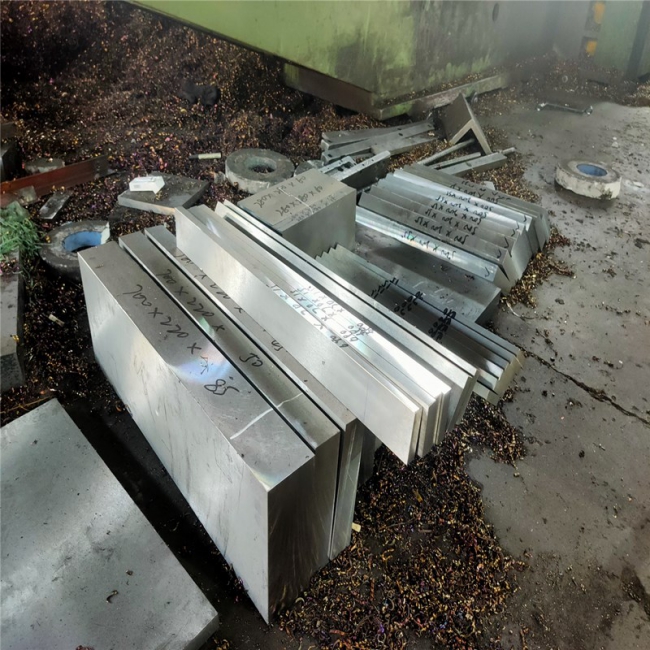Bearing steel is one of the most widely used in the steel industry and one of the most stringent steel grades in the steel production process. The use of bearing steel can effectively improve the torsional performance of the bearing, reduce noise, and delay service life.
Due to its superior performance, it is strictly required internationally that its composition must have uniform hardness, wear-resistance, and high elastic limit. However, how much carbon and how much chromium should be contained in its composition is big science.
Every metallurgical technician should understand the composition of different types of bearing steel in order to smelt high-quality bearing steel more smoothly. Bearing steel, as the most demanding steel in all steel production, has a carbon content of ωc of about 1% and chromium content of 0.5% to 1.65%.

The production of high-carbon chromium bearing steel GC15 currently accounts for more than 80% of the world's total production of bearing steel. High-carbon chromium-bearing steel Gcr15 is the most produced bearing steel in the world, with a carbon content of M about 1% and chromium content of about 15%. From its birth in 1901 to the present for more than 100 years, the main components of high-carbon chromium bearing steel GCr15 have basically not changed. So if the bearing steel has no special instructions, it refers to GCr15.
General bearing steels are mainly high-carbon chromium bearing steels, which are hypereutectoid steels with a carbon content of about 1%, adding about 1.5% of chromium, and a small amount of manganese and silicon. Chromium can improve the heat treatment performance, increase the hardenability, the uniformity of the structure, and the tempering stability. It can also improve the rust resistance and grinding performance of steel. However, when the chromium content exceeds 1.65%, after quenching, it will increase the retained austenite in the steel, reduce the hardness and dimensional stability, increase the unevenness of carbides, and reduce the impact toughness and fatigue strength of the steel. For this reason, the chromium content in high-carbon chromium bearing steel is generally controlled below 1.65%. Only by strictly controlling the chemical composition of the bearing steel can the structure and hardness that meet the bearing performance be obtained through the heat treatment process.
There are currently five main types of bearing steels used in countries around the world, namely, high-carbon chromium bearing steel, carburized bearing steel, stainless bearing steel, high-temperature bearing steel, and medium-carbon bearing steel.
Copyright:@2020-2021
Comments Please sign in or sign up to post.
0
0 of 500 characters used